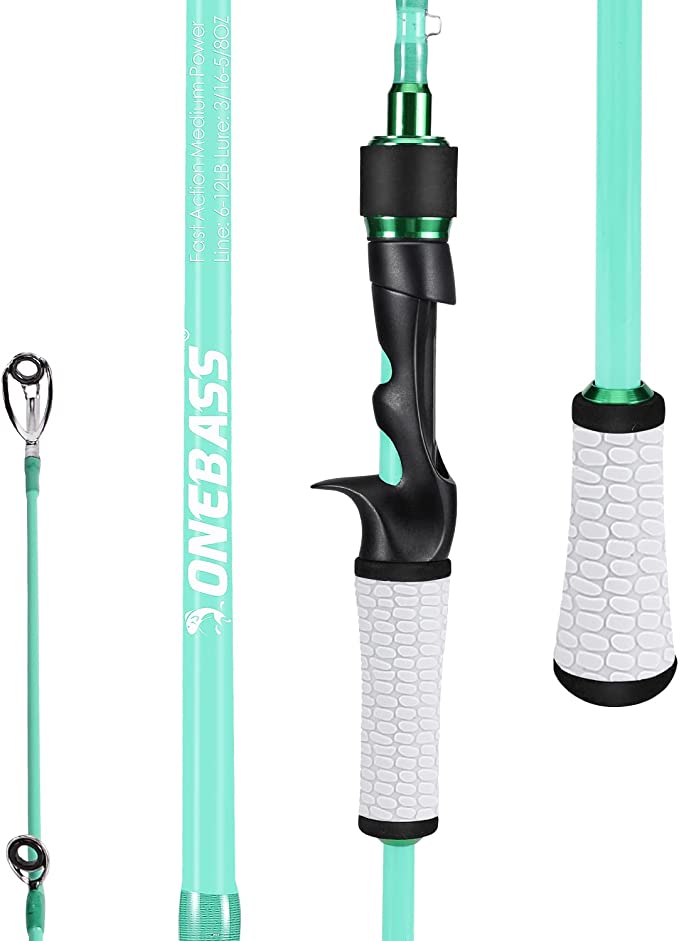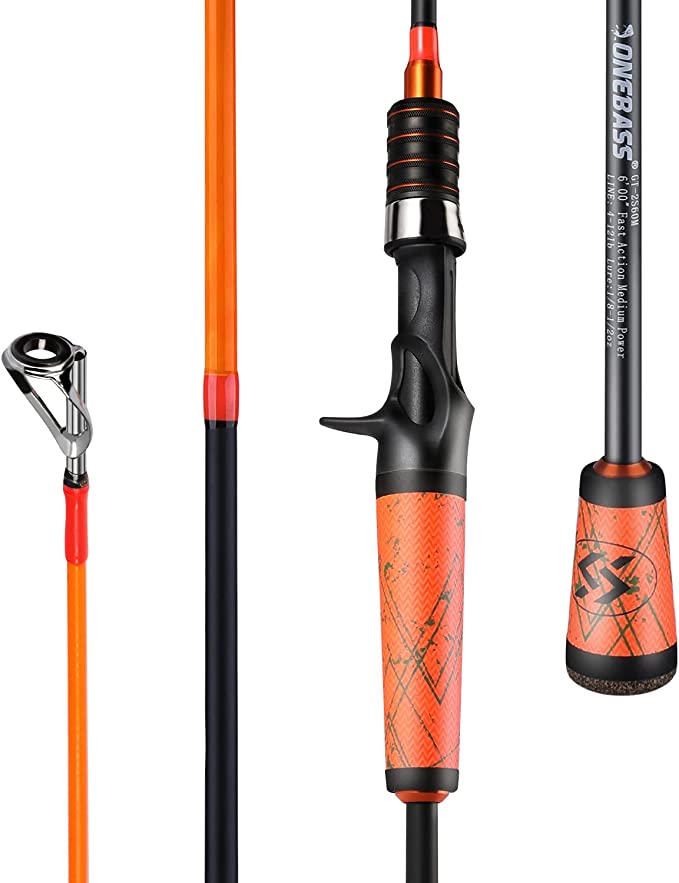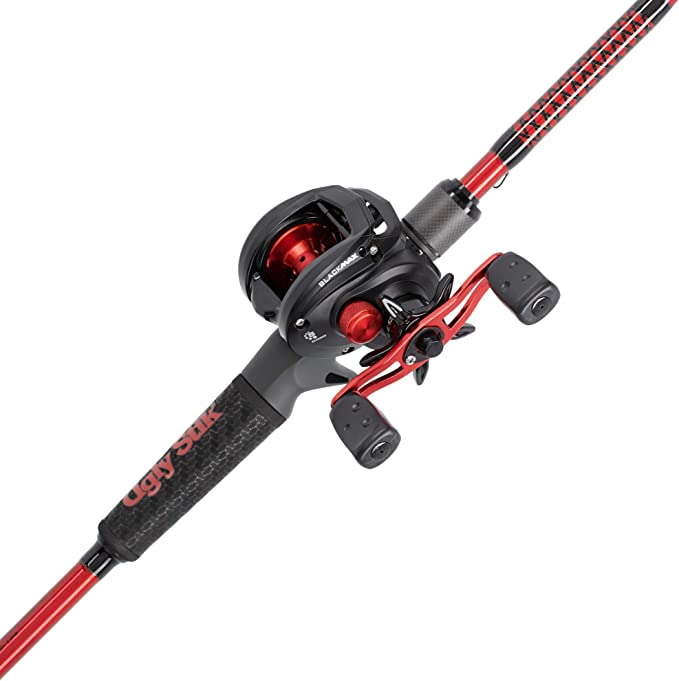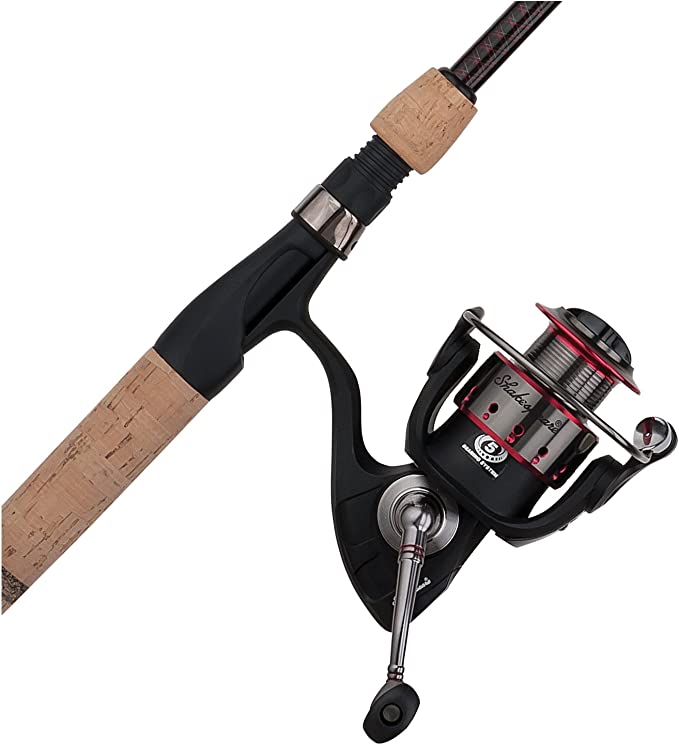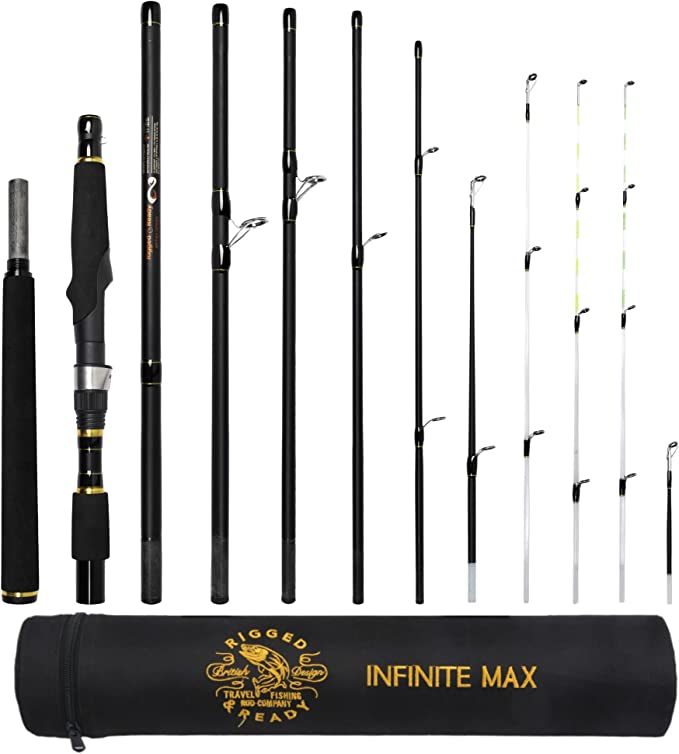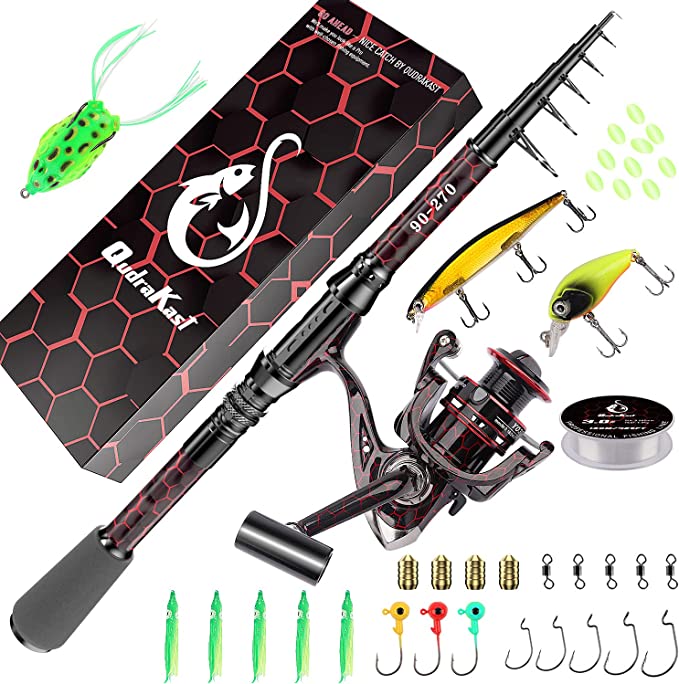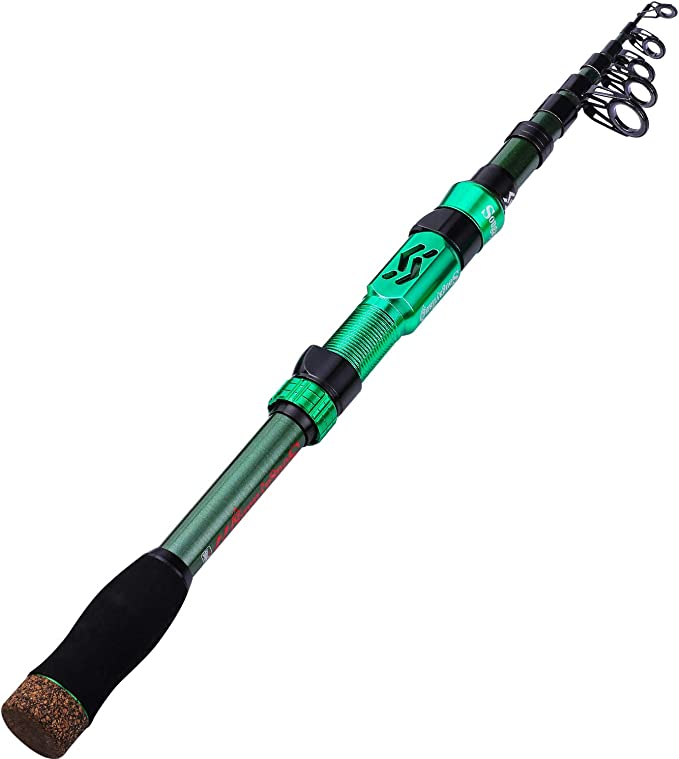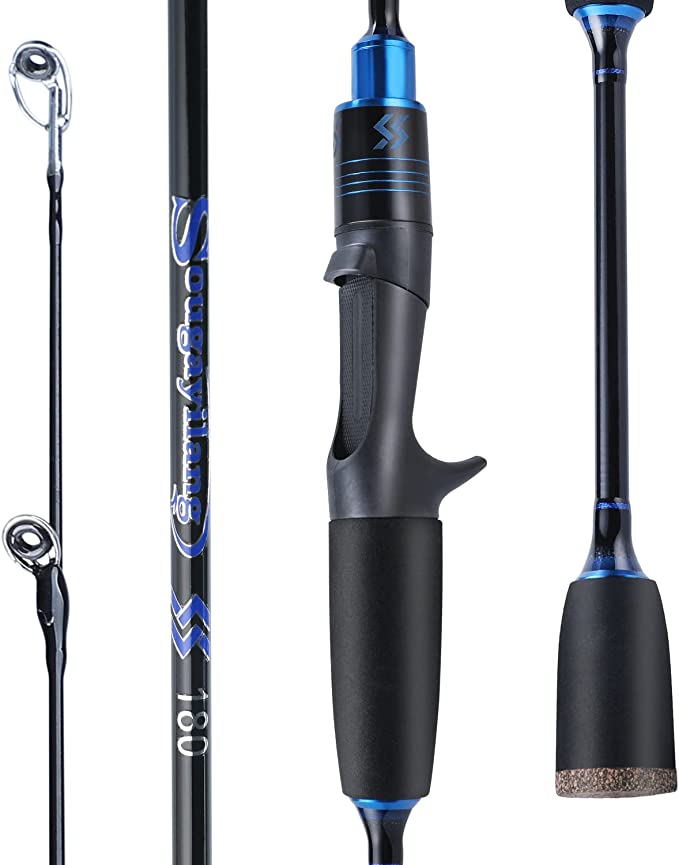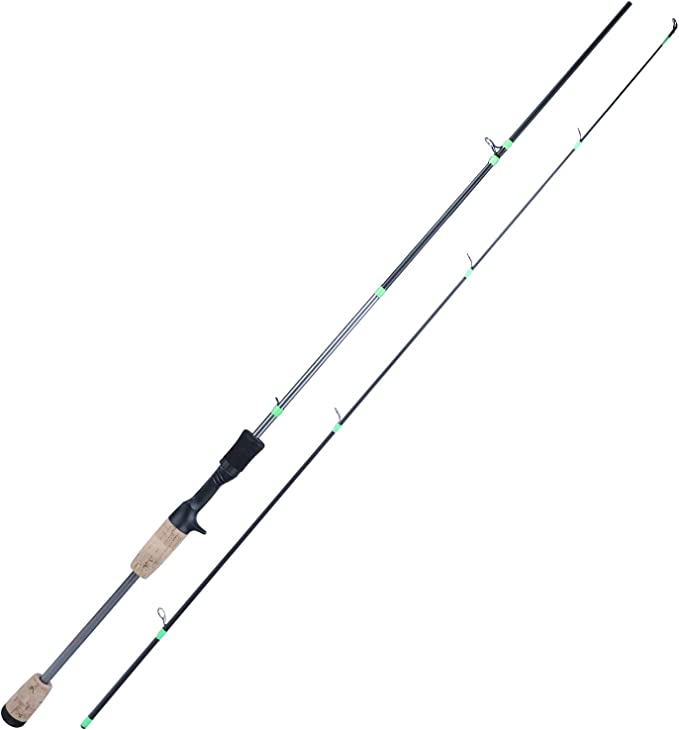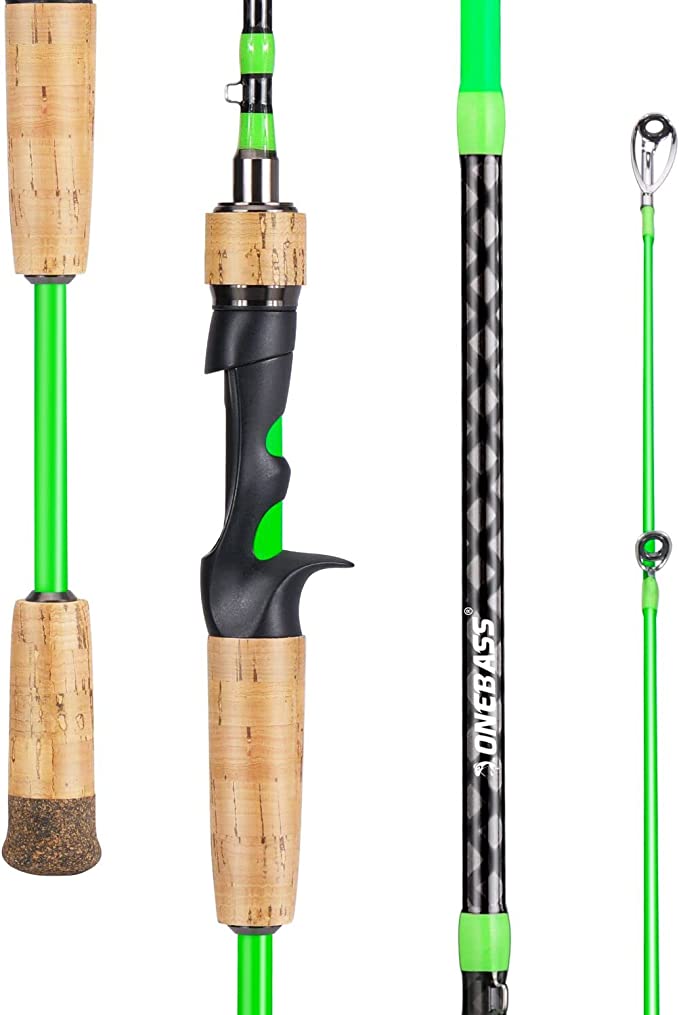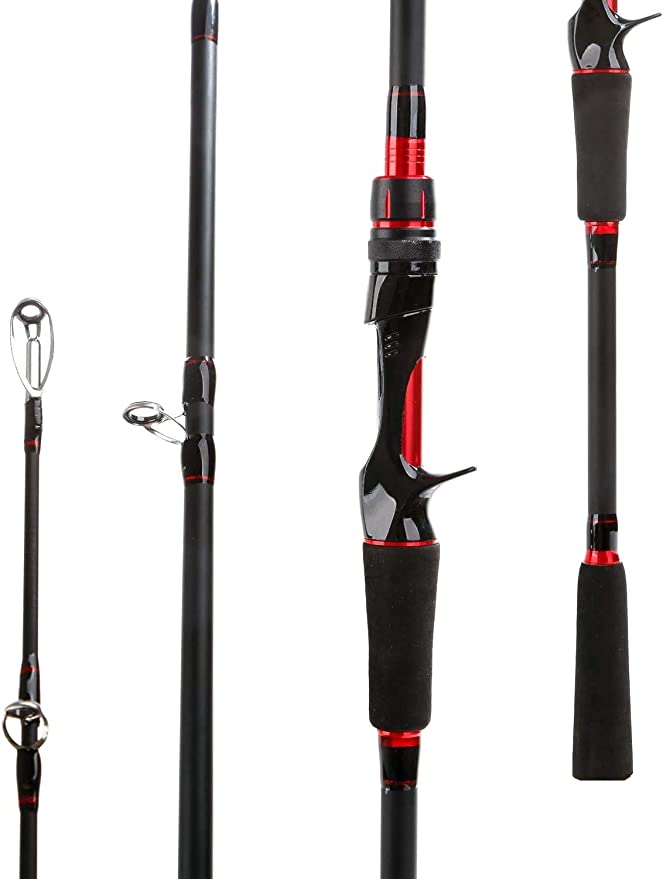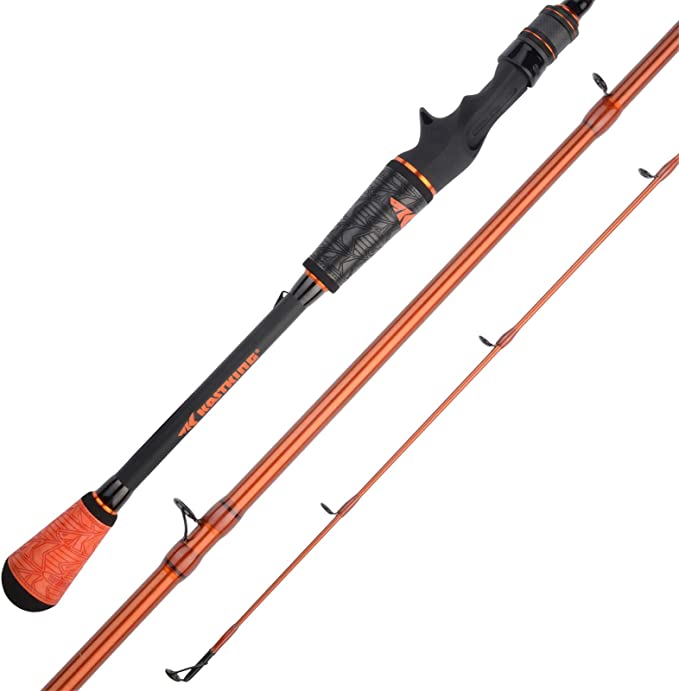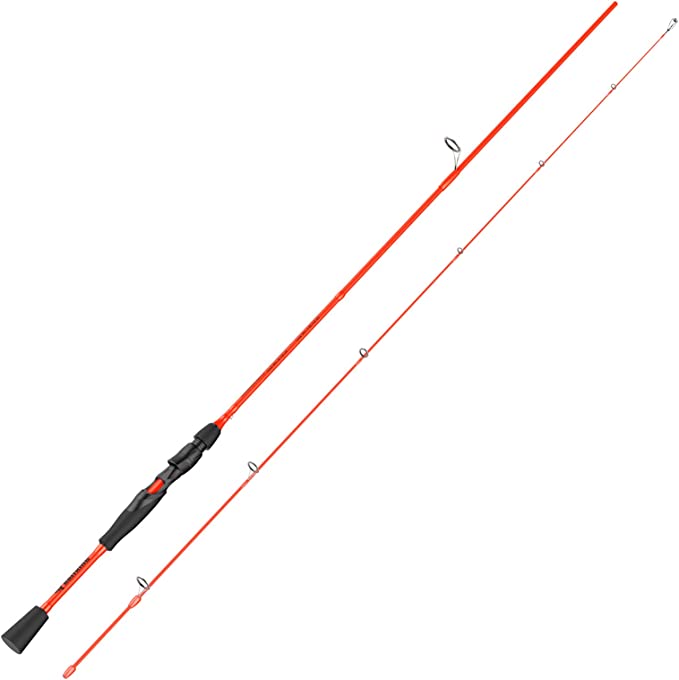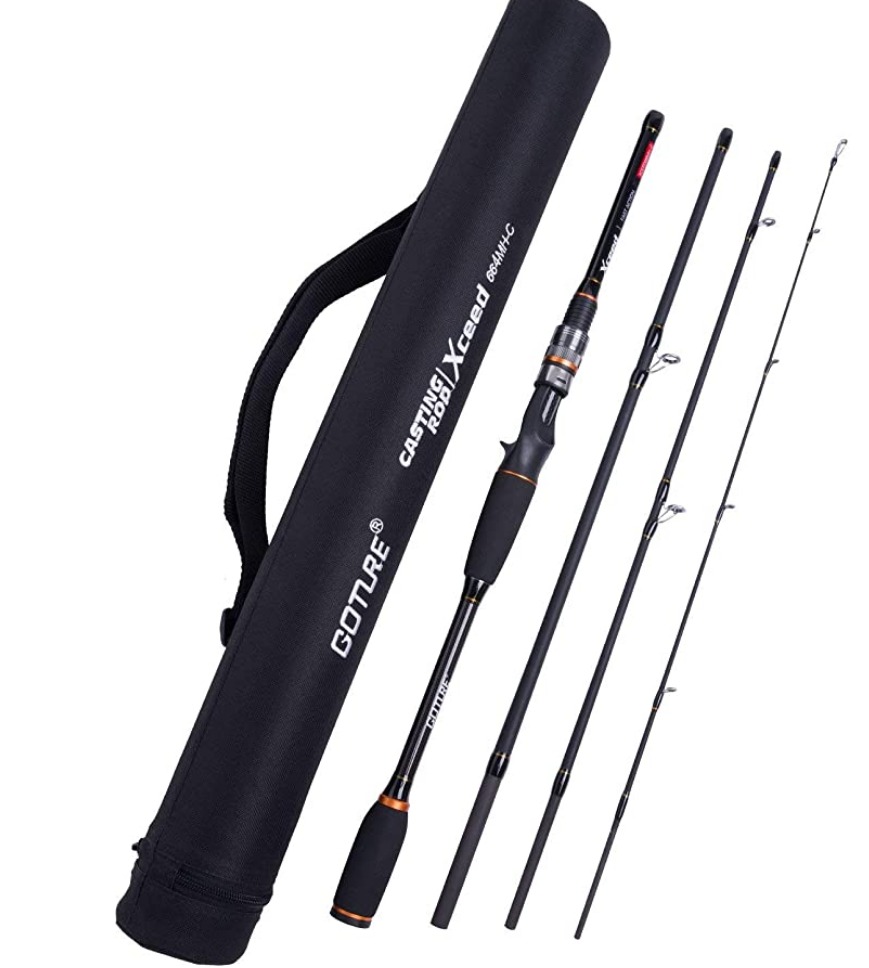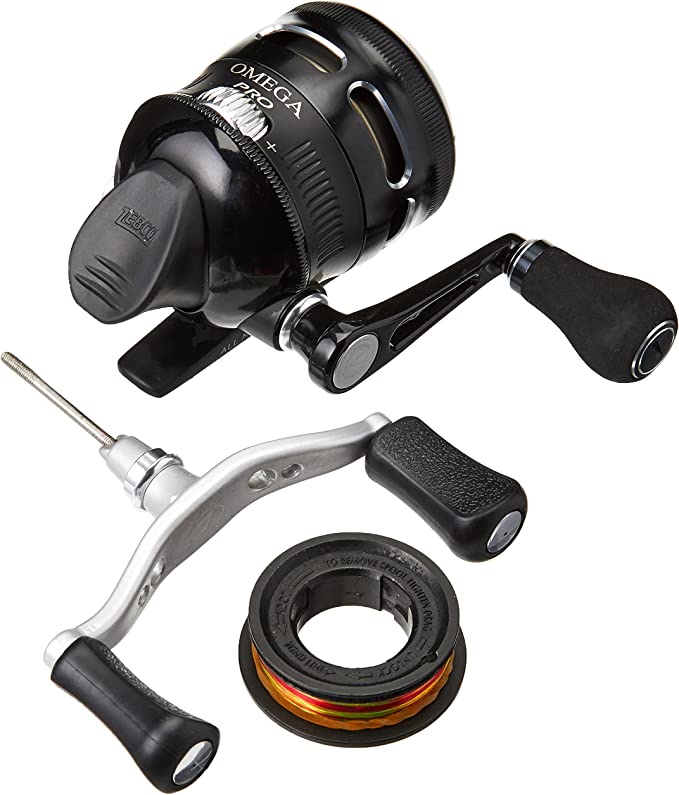The Angler's Dilemma: Decoding the Science of Sensitivity in a Finesse Fishing Rod
Update on Aug. 1, 2025, 10:41 a.m.
Angling, in its purest form, is a silent conversation. It’s a dialogue conducted across the boundary of two worlds, where the angler, standing on the shore, attempts to interpret the subtle language of life beneath the water’s surface. In the discipline of finesse fishing, this conversation becomes a whisper. The quarry—be it a wary trout sipping nymphs, a crappie tentatively tasting a jig, or a smallmouth bass inhaling a soft plastic—communicates in taps, ticks, and pressure changes so faint they are almost imperceptible. The angler’s dilemma, then, is how to hear this whisper. The answer lies not in sharpened hearing, but in wielding a tool designed to be the ultimate translator: a high-sensitivity fishing rod like the KastKing Zephyr. This isn’t merely a piece of sporting equipment; it’s an instrument of applied science, engineered to turn the faintest underwater tremor into a clear, undeniable signal.
The Conduit of Sensation: Deciphering the Graphite Blank
The heart of any modern finesse rod, its very soul, is the blank. The Zephyr is built on a foundation of IM6 multi-layer graphite, a material whose significance is often understated. To understand its role, one must think of the rod not as a lever, but as a conductor of energy. According to the principles of wave physics, vibrations travel more efficiently through materials that are both stiff and lightweight. This relationship is quantified by a material’s “modulus of elasticity.” IM6 graphite, a direct descendant of materials developed for the demanding aerospace industry, possesses a high modulus.
When a fish bites, a wave of energy travels up the fishing line. Upon reaching the rod, this wave must continue its journey to the angler’s hand. The high stiffness-to-weight ratio of the IM6 blank means this vibrational energy is transmitted with incredible speed and minimal loss, much like how sound travels faster and clearer through steel than through rubber. The multi-layer construction further allows engineers to fine-tune the rod’s taper and action, ensuring this sensitivity is not achieved at the cost of strength. The result is a blank that functions less like a stick and more like the soundboard of a violin, amplifying every subtle pluck and pull into a distinct note of information.
The Dance with Friction: Why Guides are More Than Just Rings
If the blank is the rod’s nerve center, the guides are the synapses. For decades, anglers have embraced the advantages of braided super lines for their thin diameter and near-zero stretch, which further enhances sensitivity. However, these lines are inherently abrasive and, under tension, create immense friction as they pass through the guides. This friction is the enemy of performance, robbing casting distance and potentially damaging the line through heat buildup.
The Zephyr’s choice of Zirconium LS ring guides is a direct scientific countermeasure to this problem. Zirconium oxide is a high-tech ceramic, a material valued in fields from dentistry to industrial cutting for its extreme hardness and low coefficient of friction. Its diamond-like hardness makes it virtually impervious to the sawing action of braided line, ensuring a lifetime of smooth performance. More importantly, its exceptionally slick surface allows the line to glide through with minimal resistance. This translates into tangible benefits: longer, more accurate casts with lightweight lures, and rapid heat dissipation during a spirited fight, protecting the line from thermal failure. It represents a significant step in the evolution of guide materials, a journey that has progressed from simple wire loops to agate and now to these advanced, friction-defying ceramics.
The Human Connection: Ergonomics, Balance, and the EVA Handle
A rod’s sensitivity is useless if it cannot be comfortably and effectively wielded by the angler. The connection point—the handle—is where the science of materials meets the art of human ergonomics. The Zephyr utilizes high-density Ethylene Vinyl Acetate (EVA) handles, the same class of lightweight, durable foam found in the midsoles of high-performance running shoes.
The choice of EVA is twofold. Firstly, its light weight is critical for achieving a proper balance point. A well-balanced rod feels lighter in the hand and causes significantly less fatigue over a day of constant casting, allowing the angler to maintain focus and sensitivity. Secondly, the material itself has specific vibration-dampening properties. The goal of the handle is to filter out the “noise”—unwanted, low-frequency vibrations from wind or hand movement—while allowing the sharp, high-frequency “signal” of a fish’s bite, transmitted by the graphite blank, to pass through clearly. The firm, non-absorbent nature of high-density EVA provides a secure grip in any weather, ensuring the subtle language of the fish isn’t lost in a sloppy connection.
Bridging the Gap: The Engineering Soul of a Two-Piece Rod
For the traveling angler, the two-piece rod is a necessity. Yet, for decades, it was seen as a compromise, with the connection point, or ferrule, being its Achilles’ heel. This joint presents a formidable engineering challenge: how to connect two separate sections while maintaining a seamless, continuous flex curve and uninterrupted energy transfer. A poorly designed ferrule creates a flat spot in the rod’s action and acts as a dead zone for vibrations, effectively muting the conversation with the fish.
The Zephyr’s 2-pc design hinges on a “time-tested ferrule” that aims to solve this very problem. The engineering goal is to create a joint that is strong enough to withstand the immense stress of fighting a fish, yet so precise in its fit that it allows the blank’s taper and action to flow through it as if it were a single piece. This involves meticulous attention to the mating surfaces, ensuring full contact and preventing any slop or movement that would dissipate vibrational energy. It’s a testament to modern manufacturing precision, transforming what was once a necessary evil into a feature of convenience that sacrifices virtually nothing in performance.
The Symphony of Science in Your Hands
In the end, the remarkable sensitivity of a rod like the KastKing Zephyr is not the result of a single feature, but a symphony of carefully chosen materials and engineering principles working in concert. It is the high-frequency transmission of the IM6 graphite, kept clean and efficient by the low-friction glide of zirconium, delivered comfortably to a focused angler through an ergonomic EVA interface, all while maintaining its integrity across a precision-engineered joint.
Understanding this science elevates the act of fishing. It transforms the angler from a mere participant into an informed practitioner who appreciates the profound thought and innovation held within their hands. It is the realization that the tool you are using is not just for catching fish, but for connecting with their world on the most intimate of levels—a conversation made possible by science.

